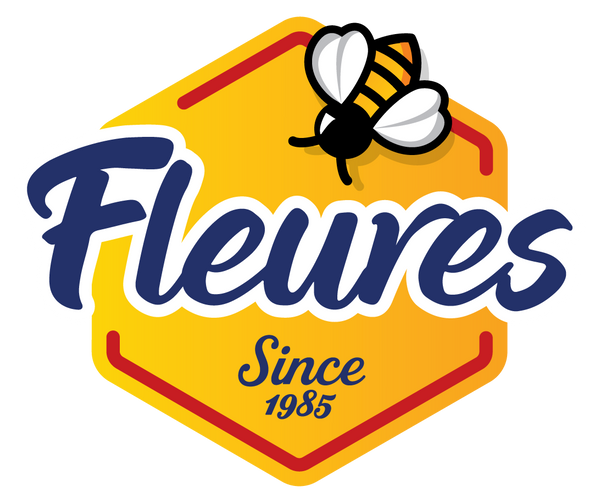Raw honey in South Africa: what “raw” really means
If you’ve ever wondered what raw honey actually is (and how it’s different from filtered, heated or “organic” honey), this guide is for you. It’s written for South African shoppers and aligns with both our local law and the EU/Codex standard—because many customers compare across markets.
The short answer
In South Africa, raw honey means unfiltered and unheated honey. That isn’t marketing lingo—it’s the legal definition in our honey regulations.
“Unheated” also has a clear threshold here: not above 38 °C at any point handled by the producer or packer.
And if a jar contains raw honey, the label must clearly say “raw” or “unprocessed.”
Why we don’t nuke our honey (enzymes & quality)
Both the South African regulation and the EU/Codex standard emphasise protecting honey’s natural enzymes: it must not be treated in a way that destroys or inactivates them. In SA, this is stated explicitly; in the EU text, overheating that inactivates enzymes is not allowed.
Raw vs. filtered vs. strained (not the same thing)
- Strained honey: passed through a sieve by gravity. This keeps fine natural particles (like pollen) and is consistent with raw honey.
- Filtered honey: pushed through filters under pressure (often removing most pollen). South African law defines “filtered” this way; the EU also flags filtered honey as a distinct category because it significantly removes pollen and must be labelled accordingly.
Raw honey, by definition, is not filtered or heated. That’s why you’ll often see a fuller aroma, natural specks, and (over time) crystal formation.
“But my honey crystallised—did it go bad?”
Not at all. Crystallisation is natural and even protected in our law: liquid honey that crystallises must not be downgraded because of it. Gently warming at safe temperatures can reliquefy it, but in South Africa “raw” status requires no heating above 38 °C.
What “good” raw honey looks like on paper
South African and EU/Codex standards set measurable quality markers. A few you’ll hear about:
- Moisture: ≤ 20%. (Keeps honey from fermenting.)
- HMF (a freshness indicator): ≤ 40 mg/kg (with specific allowances in tropical cases under EU rules).
- Enzyme activity: SA requires diastase to be present (≥ DN 4 on the Gothe scale). EU expresses this as Schade diastase ≥ 8 (≥ 3 for naturally low-enzyme honeys with very low HMF).
South African law also forbids additives and adulterants—raw or not, real honey is just honey.
EU/Codex angle (for comparison)
EU/Codex rules say honey on the market can’t have ingredients added and must not be overheated so that enzymes are destroyed, and they restrict removing pollen (except what’s unavoidable when cleaning). This aligns with what South Africans expect when they buy raw honey.
How Fleures Honey does “raw”
At Fleures, our raw batches are unfiltered and unheated (≤ 38 °C), presented as nature made them—aroma intact, enzymes protected, and with all the gentle, seasonal nuance you expect from real wildflower sources. When we bottle raw honey, we label it clearly as RAW so you know exactly what you’re getting.
FAQ: quick answers
Is “raw” the same as “organic”?
No. “Raw” is about processing (unfiltered, unheated). “Organic” is about farming practices and certification of the forage area and handling—different concept altogether.
Is raw honey safe for kids?
Raw or processed, honey should not be given to infants under 12 months (botulism risk). For older children and adults, raw honey is a traditional food. (General safety guidance; not a claim of medical treatment.)
Does raw honey always crystallise?
Eventually, yes—especially in cooler weather. That’s natural sugar structure at work, not spoilage. (And remember: SA law says crystallisation doesn’t reduce quality.)
How do I spot real raw honey on a label?
In South Africa, look for “raw” or “unprocessed” wording, plus standard label items like the honey name, country of origin, producer/packer details, and batch info.
If you’re hunting for the purest expression of the hive, raw honey is it—untouched, unheated, and simply bottled by Fleures. Ready to taste the difference?

